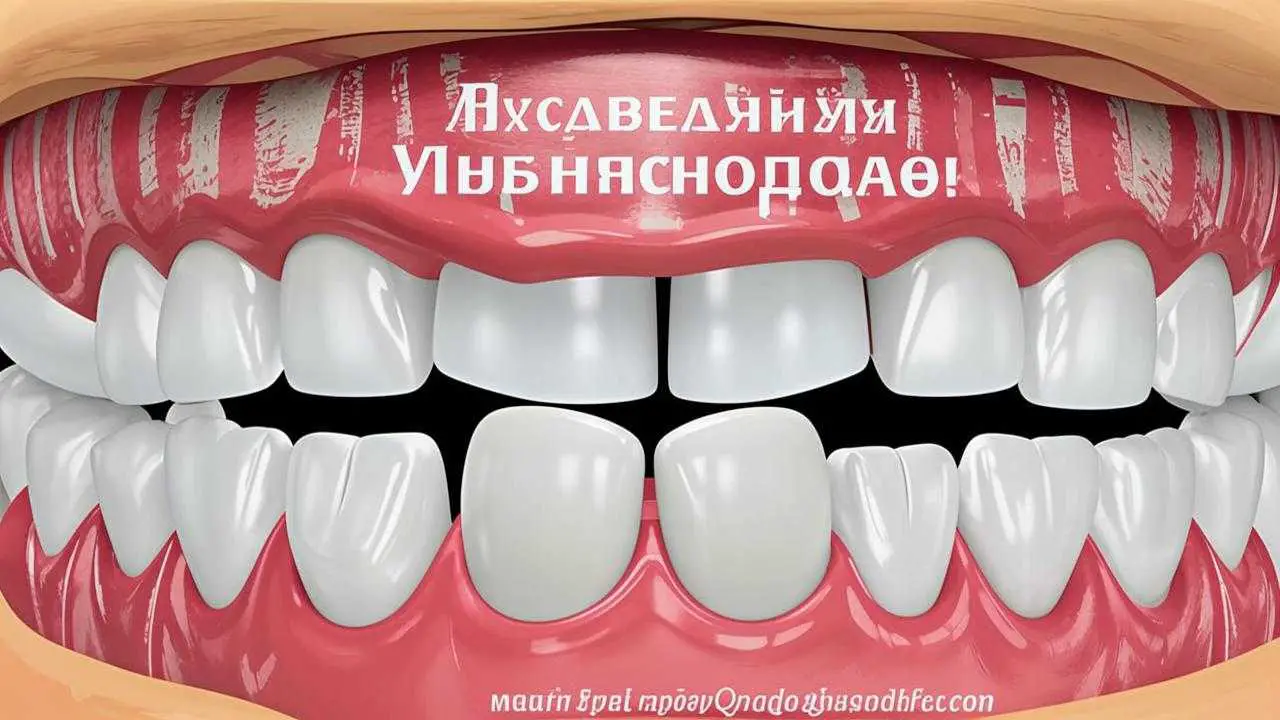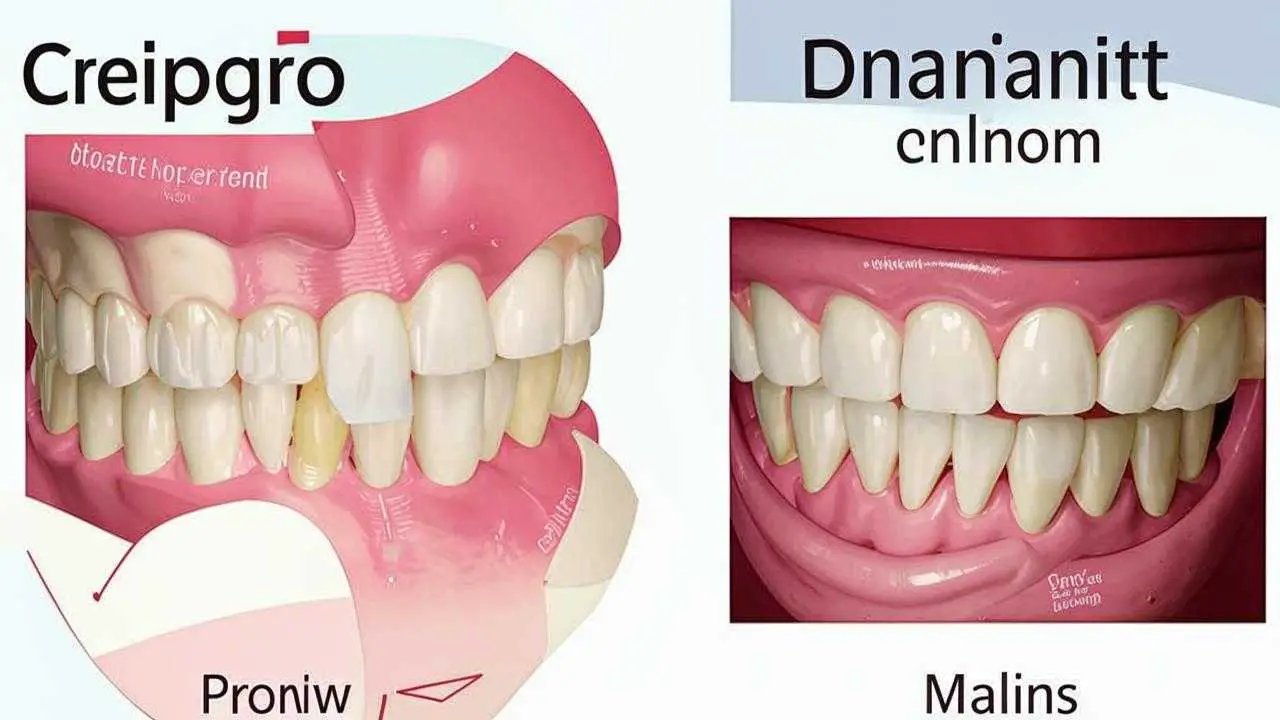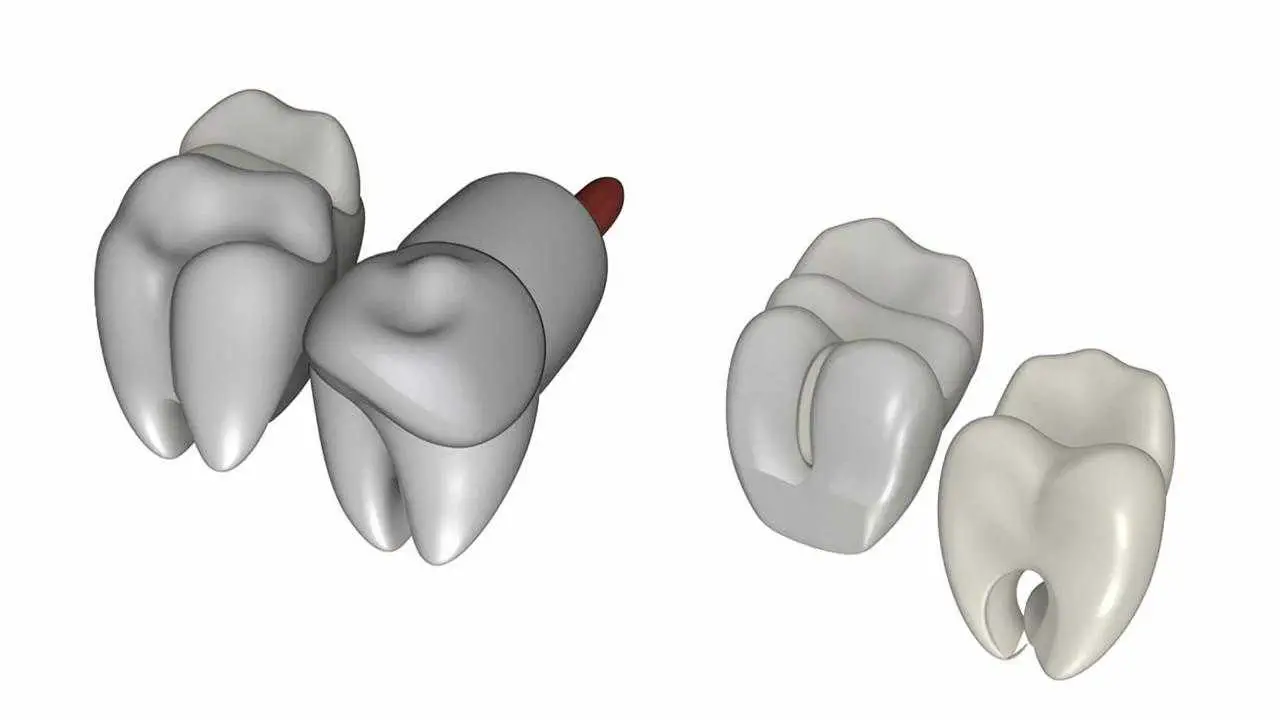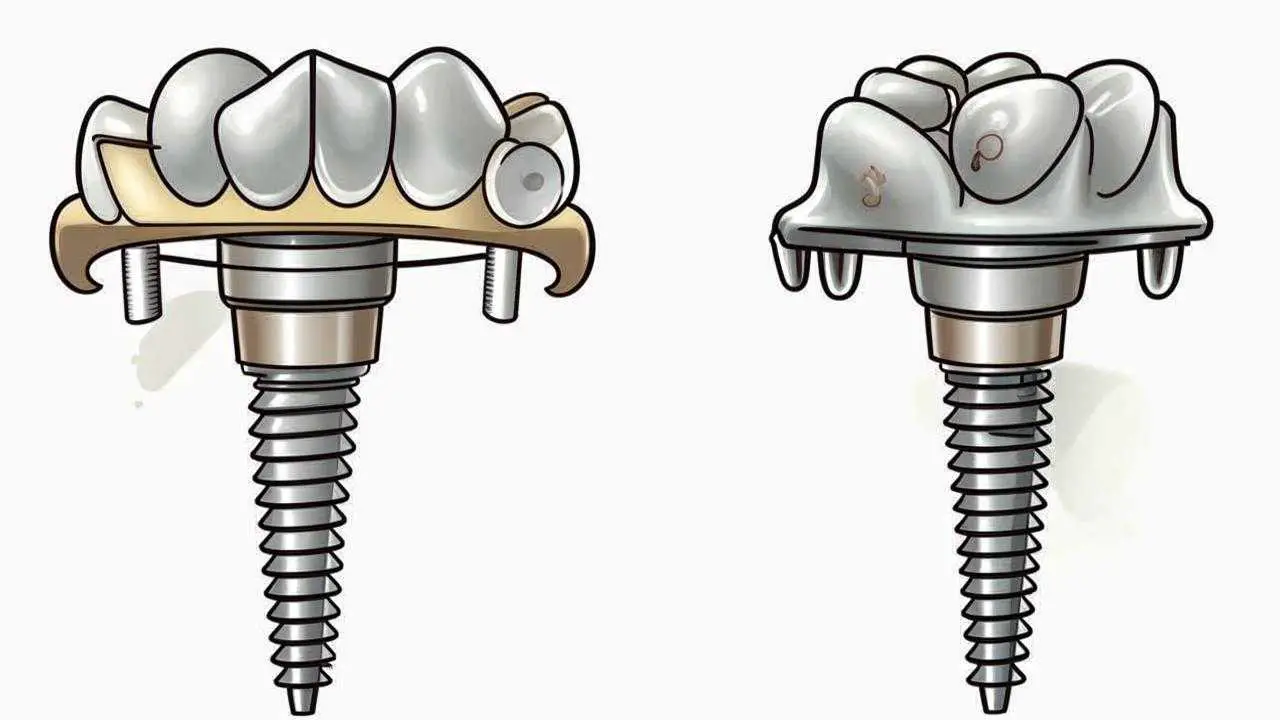An artificial crown is placed to strengthen the crown part of the tooth, extend its life, and mask cosmetic defects. The crown needs a support: your own tooth, an inlay or an implant. Crowns are fixed prosthetics, they are designed to restore the tooth row, restore the beauty of the smile and fully participate in the chewing process. Unfortunately, there are situations when a patient discovers that the crown has fallen out. Why does this happen and what is the algorithm of actions if this happens?
Causes of dislocation
Prosthetics is a process that involves 3 people: the prosthodontist, the dental technician and the patient. Each of them determines how long the restoration will last.
The dentist is responsible for making sure the tooth is properly prepared. The main causes of misalignment are due to improper preparation of the tooth:
- The taper of the stump exceeds 30 degrees (it is too sharp)
- The height of the prepared tooth is very small(less than 4 mm for molars and 3mm for other teeth). Metal-ceramic crowns consist of 2 layers: metal and ceramic. They are thick and the teeth are heavily ground under them. This is especially true for the front teeth, which are already small. Metal-ceramic restorations are the most likely to come off. Ceramics and zirconia are prepared more gently. The required height can be maintained at the residual limb. There are fewer cases of crowns coming off.
- There are no retention elements: strips and grooves, which contribute to better retention.
The responsibility of the dentist, so that the crown does not fall out, increases if the preparation for prosthetics includes the use of posts and inlays. In the second place of iatrogenic (medical) causes of dislocation are violations of protocols for restoration of the residual limb.
- Incorrect post placement
- Improper use of the inlay
The doctor’s skills play a role in depulping (nerve removal), taking impressions, and determining the central occlusion (position of the teeth when the teeth come together).
The crown fabrication process takes place in a dental laboratory. This is where mistakes can be made by the technician:
- Errors in the fabrication of the restoration. The inside of the workpiece must exactly match the shape of the residual limb. If this does not happen, the structure will not hold.
- Violation of the protocol for processing the finished product. The finished restoration is sandblasted from the inside out. This is done to create roughness for better adhesion of the surface to the cement. If the technician did a poor job of blasting, the bonding factor will be low.
Once placed, the responsibility for the restoration falls on the patient. To keep the crown from coming off the tooth, you need to follow the recommendations of the doctor:
- Avoid sticky, pulling foods (nougat, taffy, chewing gum). Velcro pulls the restoration behind you, breaking the bond between the cement and the surface. This happens gradually, until one day we find that the crown of our tooth has fallen off.
- Do not subject dentures to excessive stress (lollipops, nuts). Heavy pressure can break the bond or break the stump.
- Carry out regular care, flossing. Insufficient hygiene leads to the development of caries under the denture. In depulped teeth, this process is painless, so finding out that the crown has come off because the tooth ate decay will be an unpleasant surprise.
- Have your teeth professionally cleaned. Plaque removal is a standard preventative measure to prevent tooth decay. Crowns last much longer on healthy teeth.
In some cases, a crown will fall out simply because it has reached the end of its useful life. There are two reasons for this:
- Over time, the dental cement loses its properties and can no longer hold the restoration.
- As we age, the contour of the gum changes and it sags. A gap forms between the denture and the gum where bacteria can enter. They destroy the hard tooth tissue. The restoration has nothing to hold on to, and the crown falls out. This is why dentures need to be replaced regularly.
A dental crown has fallen out, what to do?
Of course, it is worthwhile to immediately make an appointment with the doctor. But if the visit is postponed, for example, because of a business trip, vacation, illness of the dentist, then the crown should be thoroughly washed. Remove the remnants of cement, and try to install it back. If the crown “sat down”, then the easiest option is to buy in the pharmacy means for temporary fixation, dilute it, according to the instructions and install the crown yourself.
Remember, this is a temporary measure, this method is good only for a few days, you can not postpone the reception. If there is pain, swelling, fever, you need to seek emergency help.
If the restoration in any way does not take the desired position, interferes, then do not use force to fit. This can cause trauma to the tooth. In this case, the denture should be rinsed, wrapped in a dry cloth and make an appointment with a doctor.
How dental care is provided
The type of dental care depends on the individual case. In any treatment, the doctor will conduct an examination. X-rays and visual inspection will be needed to make a diagnosis.
Options
If the reason that the dental crown has fallen out is uncementation, the doctor will clean the restoration and put it back on fresh cement. In case of severe damage, chips and cracks, a new restoration will have to be fabricated. Small chips can be repaired.
A crown with a post has fallen out
A post is a metal or fiberglass post that is inserted into the canal of a tooth to give it stability. If the post has fallen out, it indicates that it has been poorly installed.
The orthopedist will diagnose the condition of the canal. It should be cleaned and prepared for the installation of a new post. Then impressions are made and a new restoration is fabricated.
A crown with a stump inlay has fallen out
Inlays are microprostheses that restore the shape of the tooth. Their root part is anchored in the canal, while the crown part serves as the base on which the denture is placed. If the inlay falls out, the entire work is done again. A new inlay is made, followed by a new crown.
A temporary crown has fallen off a ground tooth
It takes about 2 weeks for a denture to be fabricated in a dental laboratory. To prevent the ground tooth from reacting to various stimuli during this time, it is isolated with a temporary crown. Temporary cement is used for installation, and the structure itself is not made as carefully as a permanent denture. Therefore, cases when the temporary crown fell out are not uncommon. The doctor will put it back in, again using temporary cement.
An implant tooth crown has fallen off
Having an implant means that there is no tooth under the crown. This definitely rules out tooth decay. It remains to be seen what the cause is:
- Uncementation. In the case of a crown placed on cement, uncementation can occur due to poor quality of the material, violation of mixing technology or because the cement has expired.
- Violation of screw fixation. From constant jaw movement, chewing loads, the screw that holds the crown in place during screw fixation can loosen. The problem is easily solved, the implantologist simply tightens the screw.
Screw-retained and cement-retained implant attachment
The crown has fallen out because the tooth has collapsed
If the root is intact, the dentist will place a post or inlay and re-do the restoration. If the root has an advanced inflammatory process and cannot be saved, the tooth will have to be extracted and another type of prosthetics will have to be performed. The best option is implantation, because an implant performs all the functions of a natural tooth.
If only a denture has come off or a post with a crown or inlay has fallen out, the golden rule is the same: see a doctor. The dentist will identify and eliminate the cause. If necessary, treat the tooth. Glue the fallen out crown on the temporary cement from the pharmacy can only for 1-2 days. And the clinic will provide adequate help, restoring the tooth row and eliminating the problem for a long time.



